Find out more about The Open University's Open degree
As we reach LGBTQ+ history month, there’s no better time to look back on the lessons we’ve learnt along the way – not least on our ability to bring about rapid social, cultural and legal changes via respectful debate, patience and listening to the views or our opponents.
I’d also like to take this opportunity to acknowledge how, in doing so, the LGBTQ+ community has learnt a lot about what makes relationships work, and researchers now have hundreds of studies under their belt for why this is.
Download the Paired app for LGBTQ+ dating and relationship advice, daily questions, quizzes and more.
A study published by the Open University has found that gay couples are likely to be happier in their relationships than their heterosexual counterparts and several reasons have been posed, from less gender stereotypes featuring in the relationship to a historical predisposition for inner reflexiveness.
Let’s take a look at few more lessons to learn from our same-sex counterparts.

Lesson 1: A fairer split of household jobs
Gender stereotypes can be a breeding ground for dissatisfaction in relationships. Inequalities in pay, expectations around childcare and historical perceptions of gender roles at home can all cause resentment, miscommunication and tension.
According to a study authored by Daniel Carlson and colleagues, relationship quality and stability is generally highest when couples are happy with their divisions of labor and find them equitable and fair. This is often the case with same-sex couples. In their study, Abbie E. Goldberg and Maureen Perry-Jenkins found that same-sex couples are much more willing to share traditionally ‘masculine’ or ‘feminine’ roles at home alongside routine tasks.
In contrast, research on heterosexual relationships consistently shows that the responsibility for domestic chores falls disproportionately onto women. Men are far more likely to overestimate the time they spend on chores, while women underestimate their time.
LGBTQ+ parents are also more likely to mutually interact with their children, whereas in heterosexual relationships, parentood can highlight further gender divides in the division of household jobs. While women are now an essential part of the labour market and often work as many hours as their male partners, they are still expected to put in a ‘second shift’ back at home.
In essence, LGBTQ+ couples don’t have cultural norms, predefined gender roles or stereotypes to fall back on when it comes to splitting labor at home, so they must find a balance that feels fair to them, talk through their preferences, and negotiate their individual schedules and commitments to agree to an even split.
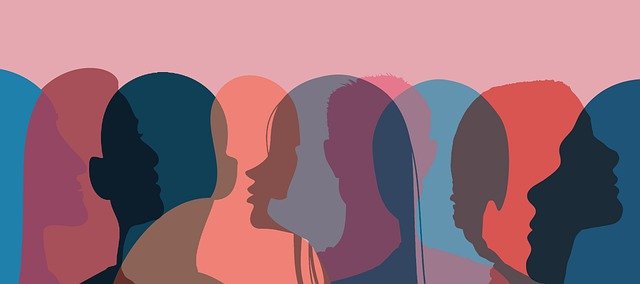
Lesson 2: Celebrate your sexuality
LGBTQ+ people have faced centuries of prejudice – and still face it today, even from friends, family and work colleagues. Yet, the fight for equality has pushed LGBTQ+ communities to truly celebrate their sexuality and gender, take pride in it and explore what it really means – something heterosexual or cisgender couples may take for granted.
One caveat here is that this celebration of sexuality doesn't always apply to the public arena. The Open University study found that LGBTQ+ partners were less likely to show affection in public, often caused by fears around social stigma and personal safety. Living in a society where your wellbeing is at risk takes bravery and courage to be who you are. It also requires you to own your vulnerabilities and be sensitive to those of your partner.
Heterosexual couples seldom, if ever, sit down and talk about their sexuality or how they celebrate this in public. Yet being attentive to a partner’s sense of personal comfort around public displays of affection (PDA) is beneficial for any relationship, whatever the couple’s sexuality.
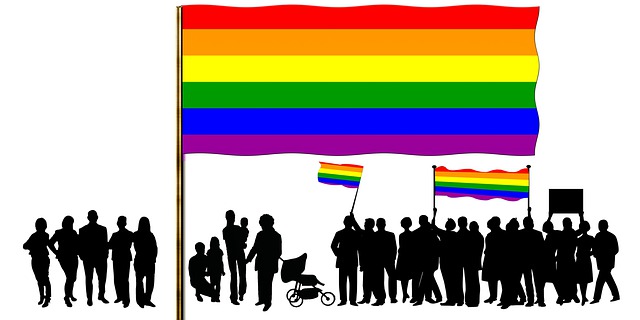
Lesson 3: Think outside the box
As the research on gender roles suggests, outdated socio-cultural norms can structure the couple dynamic in heterosexual relationships resulting in imbalances in power and unfairness in the domestic division of labour. This is likely to cause resentment and conflict.
LGBTQ+ couples, on the other hand, are more willing to think outside the box of what a typical relationship should look like and be more open to non-traditional relationship models. They are more likely to resist social norms in their partnerships and embrace polyamory and non-monogamy, for example, than heterosexual couples are.
The lack of social scripts and cultural templates give LGBTQ+ partners a chance to make their own rules. Not being bound to social expectations allows them to create a relationship of their own making rather than be limited by what they’ve been told it should be. LGBTQ+ partners can make their own traditions, celebrations and relationship priorities.
Heterosexual could perhaps take a leaf out the the LGBTQ+ relationship rule book or discard the book altogether. Psychologist and author Meg-John Barker suggests that all couples can rewrite the rules, for example practicing 'new monogamy', alternative commitment ceremonies, and different ways of understanding gender, and that this can generate novel ideas for managing conflict and improving their connection together.

Lesson 4: Establish boundaries
One of the most common causes of relationship dissatisfaction is frustration caused by uncommunicated boundaries and expectations. We often forget to have these discussions because our partner is supposed to already know and act on our needs and wants.
In our ‘Enduring Love?’ study, we found that acknowledging that a partner is not adept at mind-reading facilitated open communication that resulted in a greater sense of togetherness. Talking over and establishing healthy boundaries in a relationship created limits and guidelines which allowed both partners to feel comfortable.
LGBTQ+ couples are well practiced in working out boundaries in their relationships. This can open up the conversation around public displays of affection to be more attentive to a partner’s sense of self and emotional security, or start a discussion around the boundaries of consensual non-monogamous relationships.
A study by Colleen Hoff and Sean Beougher found that many gay couples spend time working out detailed agreements about what kinds of sexual contact are permissible outside the relationship, under what conditions or circumstances and how often. This fostered a sense of trust and openness in the relationship that extended beyond sex and intimacy.

Lesson 5. Communicate positively
While negativity bias can often make us focus on our weaknesses or irritations, the benefits of positive thinking can significantly improve our psychological and physical wellbeing.
According to a study led by Giuseppina Valle Holway, LGBTQ+ couples show a tendency to manage disagreements in a more positive way, being more likely to use praise and encouragement rather than criticism, blame or nagging – and are happier in return.
This corroborates other research which has shown that giving praise is a core factor in relationship happiness. One study revealed that couples who communicate partners’ achievements and strengths were more committed to each other, more hopeful of the future, and experienced a greater sense of intimacy. Plus, partners felt more confident and motivated to reciprocate these strengths in return. And Dr Terri Orbuch’s study of long-term couples, on the other hand, found that men were twice as likely to break up with their partners if they didn’t get affirmation often.
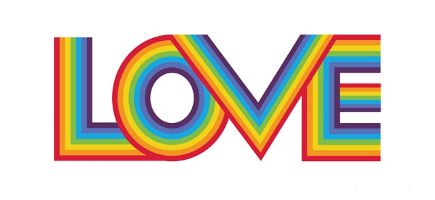
Lesson 6: Talk openly about sex
Studies show that heterosexual couples are particularly likely to believe that they “should” know all about each other, sexually, without discussing it. In fact, one of Dr. John Gottman’s laboratory studies found that when listening into heterosexual couple’s conversations, third parties couldn’t tell what heterosexual couples were discussing, even when the couples had been instructed to talk about sex.
Same-sex couples, on the other hand, tend to speak about their sexual wants and needs specifically, often, and throughout their relationship. They devote time and energy into de-stigmatizing sex, sexual activity and sexual body parts. They start from a position of wanting to learn about a partner’s eroticism and desires rather than taking them for granted. And this sexual conversation style results in more satisfying sex – emotionally and physically.
As sex writer Dan Savage says, gay couples often ask, “What are you into?” – these four "magic” words are something that most straight couples simply don’t use.
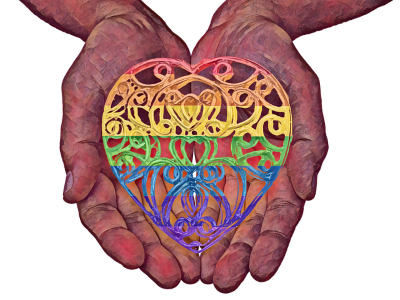
Lesson 7: Be reflexive
Because “taken for grantedness” is not an option that is available for LGBTQ+ couples, research by Jeffrey Weeks and colleagues has shown how they are more likely to think about what they’re doing and why they’re doing.
LGBTQ+ couples are therefore more reflexive, they actively and explicitly work through – together – how they want their relationship to work.
In their study of young same-sex couples’ decision-making around commitment ceremonies, Brian Heaphy and colleagues found that young LGBTQ+ people expressed highly emotional, rational and pragmatic reasons for committing rather than simply falling into the trope of marriage. As such, while they conformed to traditional relationship scripts in one way, they were also active and sometimes highly reflexive 'scripters' of convention. Being reflexive enabled them to craft the relationships that they chose rather than fall into the ones that were chosen for them.
LGBTQ+ couples’ openness and creativity may thus make them more amenable to change and adaptability, qualities that are crucial in long-term relationships. The absence of cultural scripts, and commitment to actively working at a relationship, may also explain why the ’Enduring Love?’ study also found that LGBTQ+ couples are happier in their relationships and with each other than their heterosexual counterparts.
Download the Paired app for LGBTQ+ dating and relationship advice, daily questions, quizzes and more.
This article was originally published on Paired.
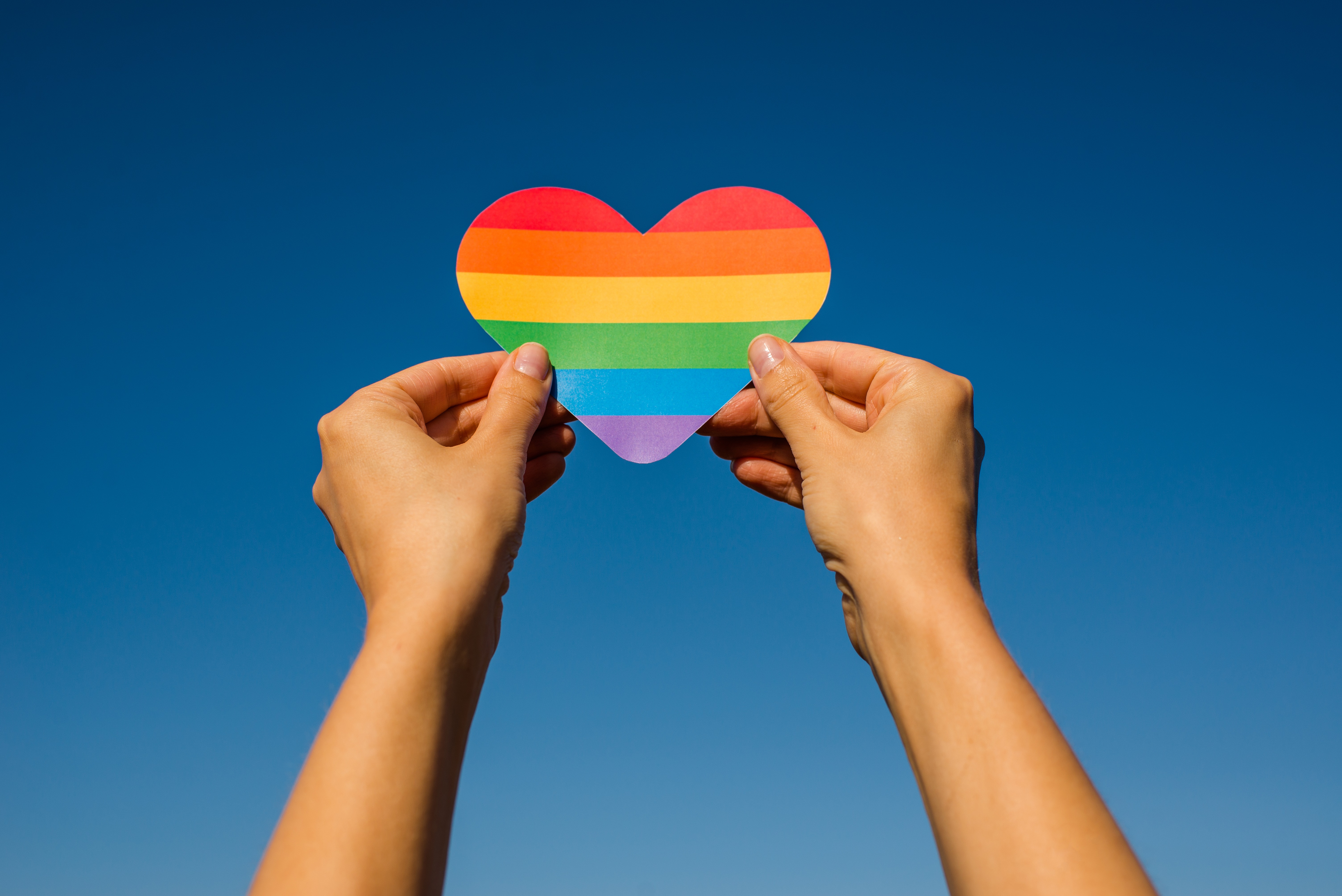

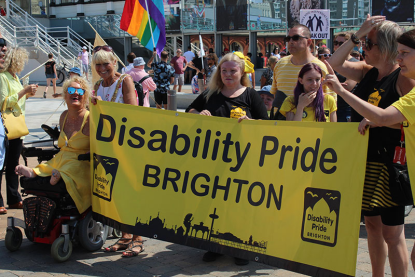





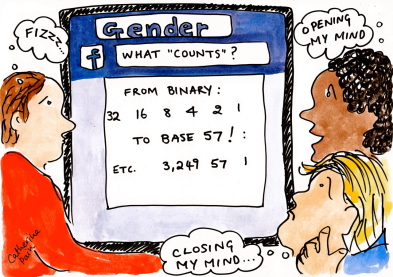
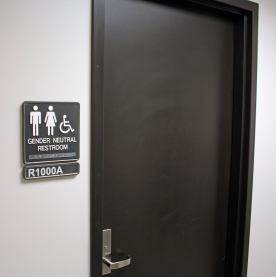


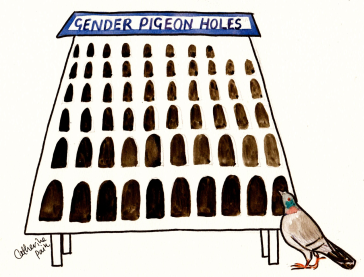


Rate and Review
Rate this article
Review this article
Log into OpenLearn to leave reviews and join in the conversation.
Article reviews